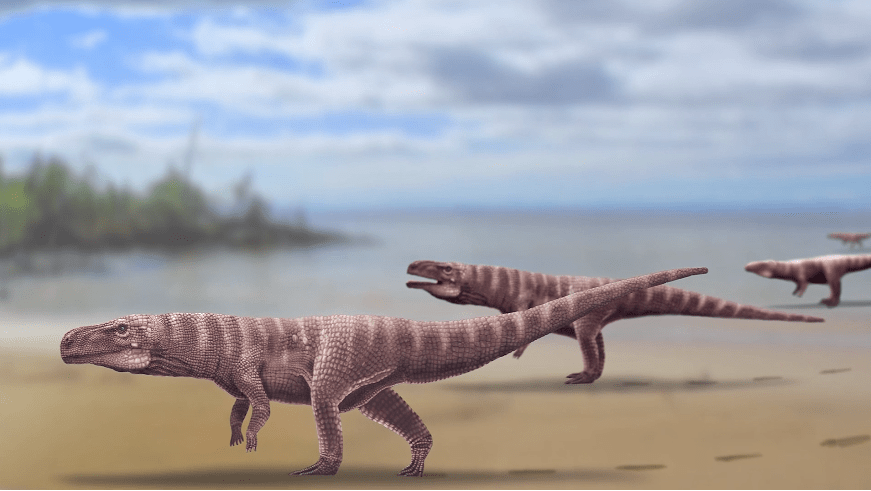Living this close to the Atlantic Ocean, many of us have a curiosity about what’s offshore.
One popular website to see what’s going on is OCEARCH.org. You can see in real-time where different great whites and other sharks are roaming the sea.
The group of scientists at OCEARCH is making a deep-sea difference in what we know about sharks and other marine life. OCEARCH is made up of a group of scientists that go out on multiple expeditions a year and tag sharks, primarily white sharks, or what us non-scientist call great whites. Once the sharks are tagged the rest of the world can watch where the sharks go in real-time.
According to the founder of OCEARCH, Chris Fischer, for every one you see on their map, there are many more around.
“If we have 20 sharks that are pinging right now in the northwest Atlantic,” said Fischer, “and we got eight or nine of them right there, each one of those sharks represents hundreds and hundreds of other sharks. So if those sharks are there, that means there’s a lot more sharks there.”
Of the hundreds of sharks that OCEARCH has tagged, there’s a large grouping right off our coast.
“Typically on a year we’d see the animals spread across that region,” said Fischer. “But something does look unusual with a lot of the animals really kind of in a smaller region up around the North Carolina South Carolina border kind of in the Myrtle Beach area.”
Fischer says where there are hundreds of white sharks, there’s even more food, and when there’s this much marine life in one area, it’s a good sign.
“I will say it’s a great sign for that region to see so many white sharks using the area,” said Fischer. “White sharks go where the ocean is healthiest, and the most abundant. And it’s a testament to your management there that the lion of the ocean, the wolf of the ocean, the top of the food chain is visiting your waters. That is an excellent sign for future generations for the quality of management in your region.”
Fischer says this area of the Atlantic is especially unique. The Cape Hatteras region is known as a faunal break. That means the sea life from the south won’t pass much further north, while the sea life from the north won’t pass much further south, and that can lead to an abundance of marine animals, including sharks.
“Something’s going on,” said Fischer. “They’re not lost. They know where they are. They know when it is. Their life is super connected to the moon from a calendar standpoint. And they’re on an event. And when that event ends, you’ll start to see them moving off to the next event.”
Fischer says having all the sharks is a good thing.









